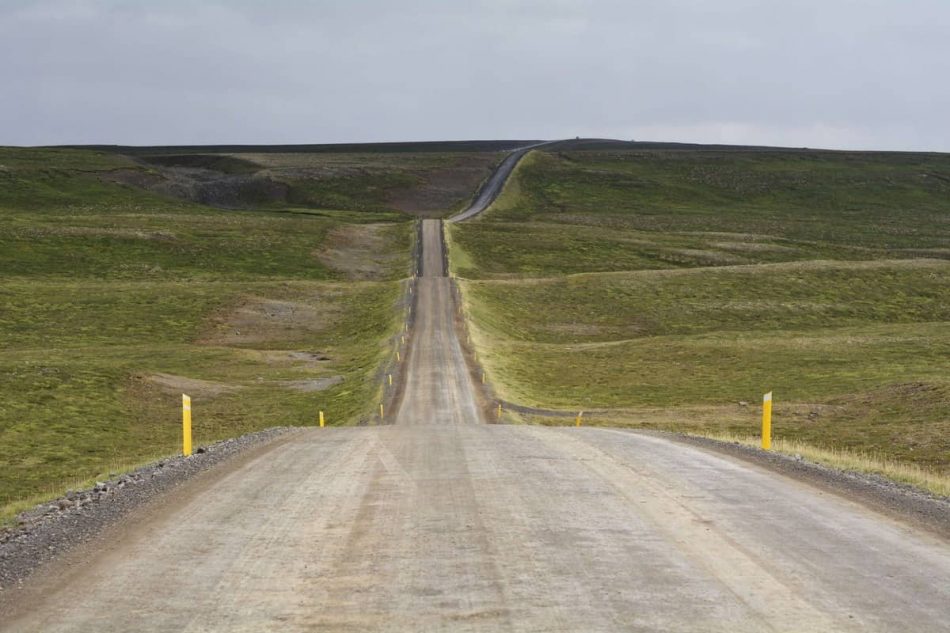As the beaten path gives way to a more adventurous route, gravel roads beckon with their rustic charm and untamed allure. Whether you’re embarking on a countryside adventure or simply navigating a less-traveled route, driving on gravel roads requires a unique set of skills and techniques. The experience can be both exhilarating and challenging, demanding a mindful approach behind the wheel.
Driving on Gravel Roads
We will delve into the art of driving on gravel roads, equipping you with invaluable knowledge and practical tips to ensure a safe and enjoyable journey. From understanding the characteristics of gravel surfaces to mastering control and optimizing vehicle performance, we will explore the essential aspects that pave the way to gravel road mastery.
Whether you’re a seasoned off-roader seeking to refine your skills or a curious traveler venturing off the beaten path for the first time, this guide will be your steadfast companion, offering insights and techniques to conquer the gravel road challenge ahead.
A 4×4 or off-road vehicle is not necessary to travel on gravel or gravel roads. Most conventional vehicles can navigate this type of road without any issues, as long as proper precautions are taken. However, 4×4 or off-road vehicles can offer certain advantages in terms of traction and ability to handle more challenging terrain. These vehicles typically have higher ground clearance and four-wheel drive systems that allow them to better tackle the demanding conditions of gravel roads. But overall, with cautious driving and following the aforementioned recommendations, most vehicles can safely travel on gravel roads.
Mastering the Gravel Road Technique
Driving on gravel roads requires some adjustments compared to driving on paved roads. Here are some tips to help you navigate gravel roads safely:
- Slow down: This is the most important tip. Reduce your speed when driving on gravel roads. Gravel surfaces can be unpredictable and are much more slippery than paved roads so driving at high speeds increases the risk of losing control. Maintain a speed that allows you to stay in control of your vehicle.
- Don’t tailgate and maintain a safe distance: Keep a safe distance from the vehicle in front of you. Gravel roads can create dust clouds, reducing visibility. By maintaining a distance, you’ll have more time to react to any unexpected situations.
- Avoid sudden maneuvers: Gravel roads may be loose and slippery, especially when turning or braking abruptly. Try to make smooth and gradual movements to maintain traction and control. Avoid sudden acceleration or braking whenever possible.
- Use lower gears: When driving downhill on a gravel road, downshift to a lower gear. This helps control your speed and prevents excessive use of the brakes, reducing the risk of skidding.
- Don’t oversteer: If your vehicle starts to skid or slide, avoid oversteering. Steer gently in the direction you want to go and avoid jerking the steering wheel. Sudden movements can cause your vehicle to lose traction.
- Be cautious on curves: Approach curves on gravel roads with caution. Slow down before the turn, and then gradually accelerate as you exit the curve. This approach helps maintain traction and control.
- Pay attention to road conditions: Watch out for potholes, loose gravel, or other hazards on the road. Adjust your speed and driving style accordingly. If you encounter deep potholes or particularly rough sections, consider slowing down even more.
- Use headlights when necessary: If visibility is reduced due to dust or low light conditions, turn on your headlights to improve your visibility to other drivers and increase your own awareness of the road ahead.
- Stay centered: Drive in the middle of the road, especially if there are deep ruts or uneven surfaces on either side. This provides a more stable driving path and minimizes the risk of scraping the sides of your vehicle.
- Prepare for dust clouds: If you encounter a vehicle ahead that’s kicking up a large dust cloud, slow down and increase the distance between you and that vehicle. Reduced visibility due to dust can be hazardous, so it’s essential to exercise caution.
- Be aware of the weather conditions. If it’s raining or snowing, the gravel will be even more slippery so Avoid driving in wet or icy conditions.
- Be patient. It takes longer to drive on gravel roads, so be patient and don’t get frustrated.
- Check your tire pressure. Tires with lower pressure are more likely to lose traction on gravel.
- Avoid sudden braking or acceleration. This can cause your car to fishtail, which is very dangerous on gravel.
Remember, each gravel road may have its own unique characteristics, so adjust your driving accordingly. By following these tips, you can drive safely and confidently on gravel roads.
Spanish version: Cómo Conducir en Carreteras de Gravilla












